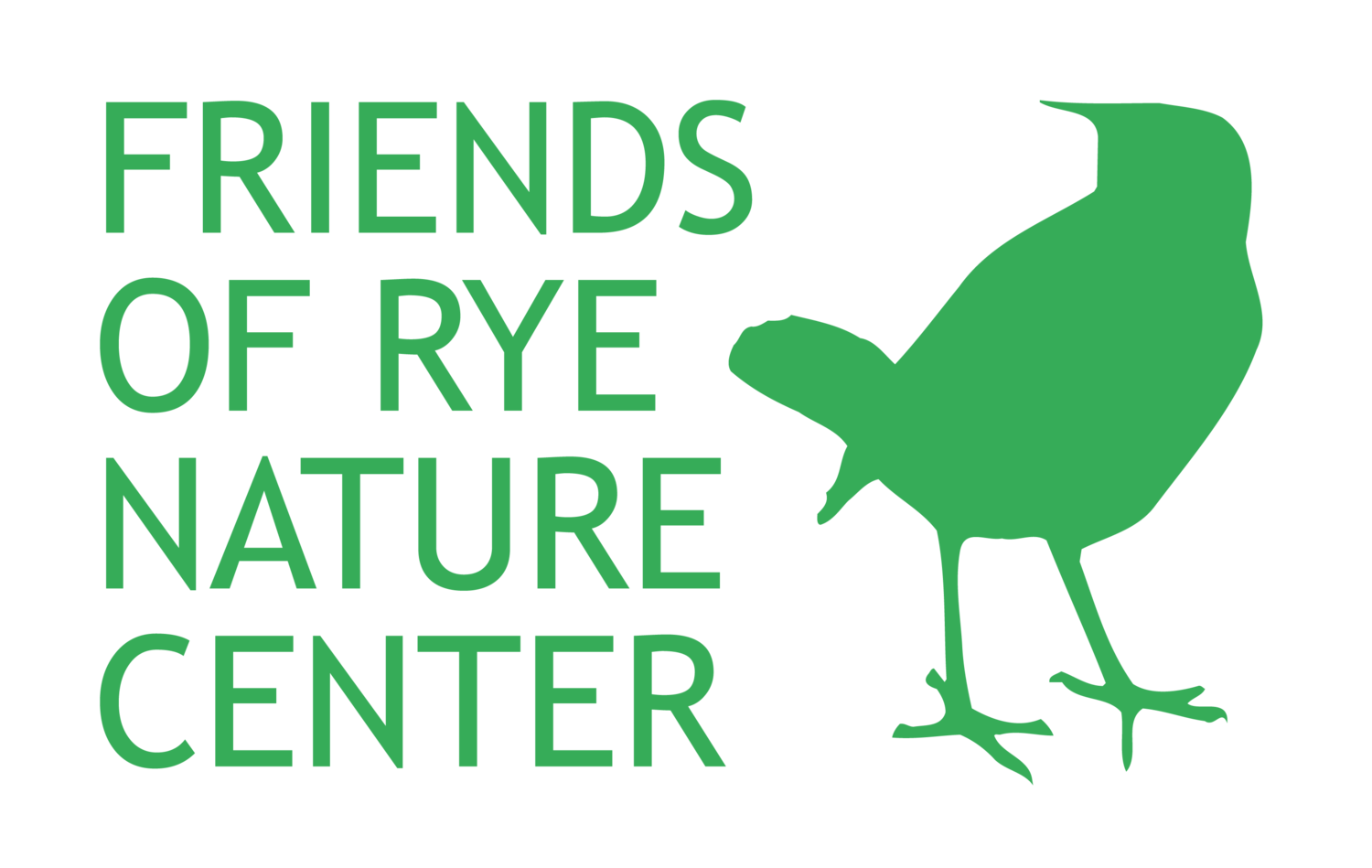As we welcome April, Monarch butterflies will be returning to New York. There have been a few Nature News articles about the Monarch butterfly and its amazing migration. (Check them out here and here!) Monarchs certainly deserve the attention, but New York is home to many other species of butterflies, too. Here are six butterflies you might see in New York this spring.
Canadian Tiger Swallowtail (Papilio canadensis)
Photo Credit: inaturalist.org
Description: This butterfly has a wingspan of 2 5/8 - 3 1/8 inches (6.7 - 8 cm). The upper forewings are yellow-white or cream, with broad black stripes. The underside of the wings is dotted with yellow spots, and the hindwing consists of orange scales.
Adult Diet: Flower nectar.
Habitat: Deciduous forests and forest edges in North America.
Falcate Orangetip (Anthocharis midea)
Photo Credit: alabama.butterflyatlas.usf.edu
Description: The name Falcate Orangetip is slightly misleading, since only males’ forewings feature orange on their falcate (hooked) tips. Both male and females have a round black spot on their upper wings and gray-green marbling on the undersides of the hindwings. Their wingspan is 1 3/8 - 1 3/4 inches (3.5 - 4.5 cm).
Adult Diet: Flower nectar, especially from toothwort, violets, mustard greens, rock cress, and winter cress.
Habitat: From Southern New England southwest to south Texas in swamps, damp woods near waterways, swamps, and occasionally dry woods and ridgetops.
Giant Swallowtail (Papilio cresphontes)
Photo Credit: Donald Hall, University of Florida
Description: With a wingspan of 4 - 6 ¼ inches (10.2 - 16 cm), it’s no mystery how the Giant Swallowtail got its name! Its tail is yellow with a black border, and its forewing has a diagonal band of yellow spots.
Adult Diet: Flower nectar, especially from lantana, azalea, bougainvillea, bouncing Bet, dame's rocket, goldenrod, Japanese honeysuckle, and swamp milkweed.
Habitat: Throughout eastern North America west to the Rocky Mountains, where they live on rocky hills near rivers or ravines; and through the deserts of the American Southwest to South American pine flats and citrus groves.
Question Mark (Polygonia interrogationis)
Photo Credit: Donald Hall, University of Florida
Description: The Question Mark butterfly has hooked forewings, spotted red-orange forewings, and a light brown underside with a silver curved line and dot that look like a question mark. Question marks that fly in summer have back hindwings and short tails, while winter Question Marks have longer tails and orange in their hindwings. They have a wingspan of 2 ¼ - 3 inches (5.7 - 7.6 cm). When their wings are closed, these butterflies can camouflage as dry leaves.
Adult Diet: Rotting fruit, tree sap, dung, carrion.
Habitat: City parks, suburbs, fencerows, and small woods with open space, from Southern Canada along the American East Coast; west from the East Coast to the eastern Rocky Mountains; south from the Rocky Mountains to Arizona and Mexico.
Viceroy (Limenitis Archippus)
Photo Credit: butterfliesathome.com
Description: The Viceroy butterfly mimics the Monarch, and the two are nearly identical. Like the Monarch, the Viceroy’s wings are orange and black, though a Viceroy has a black line across its hindwing that distinguishes it from its twin. In Florida, Georgia, and the American Southwest, Monarchs are rare, so Viceroys instead mimic the Queen butterfly and take on a brown color. Their wingspan is 2 ½ - 3 3/8 inches (6.3 - 8.6 cm).
Adult Diet: Aphid honeydew, carrion, dung, and decaying fungi early in the season; later in the season, flowers like aster and Canada thistle.
Habitat: Moist areas with open spaces or shrubs, like lake edges, willow thickets, wet meadows, and roadsides.
Pipevine Swallowtail (Battus philenor)
Photo Credit: William Vann, fs.usda.gov
Description: Pipevine Swallowtails have black and blue wings and a wingspan of 2 ¾ - 5 inches (7 - 13 cm). Males’ hindwings are iridescent blue, and females have lighter blue hindwings. There are light dots on the upperside of the hindwings and the forewings. On the underside, Pipevine Swallowtails have bright orange spots.
Adult Diet: Nectar from flowers like thistles, lilac, viper's bugloss, and azaleas. Aphid honeydew, carrion, dung, and decaying fungi early in the season; later in the season, flowers like aster and Canada thistle.
Habitat: Open woodland and woodland edges across North America.






